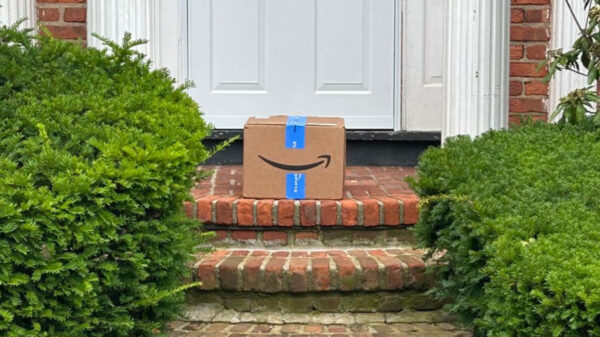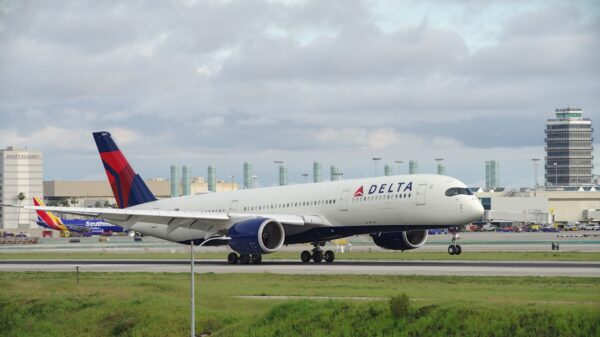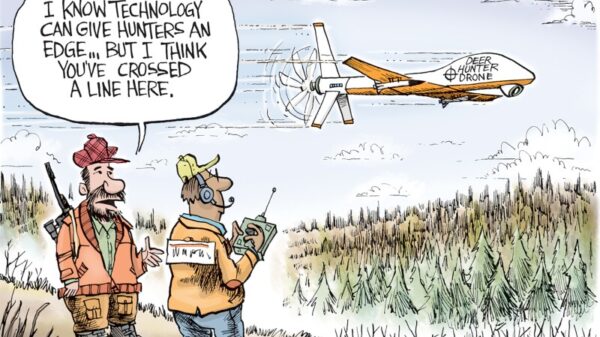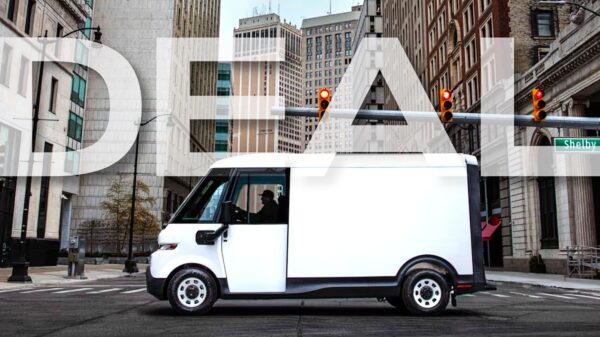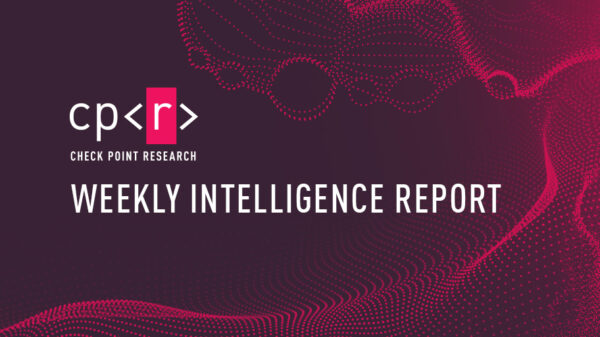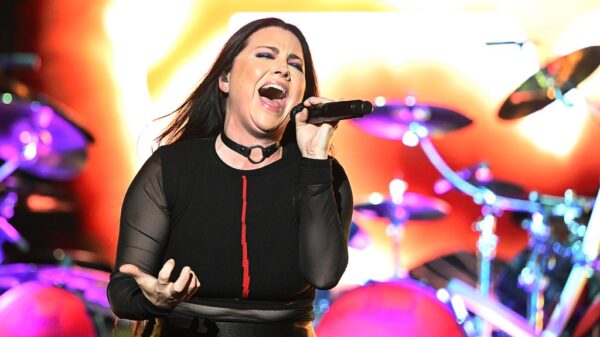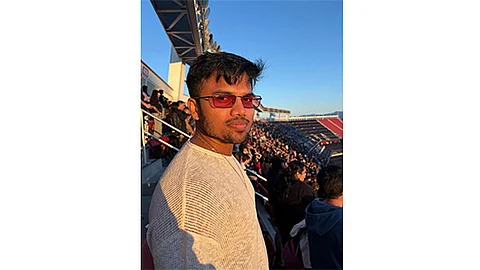Artificial intelligence is evolving from theoretical concepts into practical applications across various industries. With AI now driving advancements in autonomous vehicles, real-time decision-making systems, and logistics, the challenge of deploying complex models efficiently and sustainably has become increasingly urgent. Srinidhi Goud, a prominent technologist and engineering leader, is addressing this challenge. His extensive experience in scalable systems and AI deployment positions him as a leading voice in optimizing infrastructure for high-performance, energy-conscious computing.
Goud’s career spans over fifteen years, during which he has contributed significantly to the field. His hands-on engineering roles at Cruise and Amazon Web Services highlight his commitment to improving AI deployment. At Cruise, Goud spearheaded efforts to optimize deployment pipelines for more than fifty autonomous vehicle stack models, which incorporate technologies such as LiDAR, Radar, and large language models. His innovative approach reduced rollout times by approximately 66 percent, a notable achievement that underscores the critical importance of deployment efficiency in a rapidly advancing sector.
The enhancements made by Goud were not merely the result of minor adjustments. He utilized advanced technologies such as TensorRT accelerators, CUDA graphs, and quantization techniques to optimize inference processes. Collaborating with NVIDIA, he refined TensorRT pipelines, leading to faster iterations, improved real-world performance, and significant cost savings. According to a blog post by Cruise titled “AV Compute: Deploying to an Edge Supercomputer,” the emphasis on deployment efficiency is now just as vital as ensuring model accuracy.
In the realm of autonomous vehicles, perception systems rely heavily on the effectiveness of their vision capabilities. Goud’s integration of FasterViT, a cutting-edge vision transformer, into Cruise’s perception pipeline has set new standards for camera-based systems. This integration improved object detection accuracy by approximately 15 percent without adding latency, directly enhancing the safety of real-world driving decisions. By increasing precision in scene understanding while ensuring real-time responsiveness, Goud has enabled Cruise’s autonomous vehicles to better navigate complex urban environments and comply with industry safety benchmarks.
Before his tenure at Cruise, Goud played a pivotal role at Amazon SageMaker, enhancing the deployment capabilities of machine learning models. His contributions improved GPU operations, optimized AWS S3 throughput, and advanced support for quantized models through Apache TVM. These improvements accelerated model training and evaluation pipelines by over fivefold, allowing customers to deploy models more efficiently while reducing costs. Goud also designed secure long-haul tests for SageMaker Edge, ensuring stable releases across diverse environments and aligning AWS deployments with enterprise compliance and security standards.
Goud’s technical expertise is complemented by his thought leadership. He emphasizes the need for sustainable AI practices that minimize energy consumption while maintaining performance. In his recent book, he outlines strategies to reduce the energy footprint of AI deployments, reinforcing the idea that sustainable AI is not merely a choice but an essential requirement as models grow in complexity and enterprises face increasing scrutiny over their environmental impact. His insightful article for DZone further illustrates his commitment to building resilience into deployment frameworks, offering engineers a pathway to balance speed and quality in demanding environments.
The message conveyed by Goud is clear: successful AI deployment is not solely about algorithmic advancements. It also hinges on how efficiently, securely, and sustainably those models can be deployed at scale. His work bridges the gap between corporate infrastructure and AI research, ensuring that technological innovations yield tangible benefits across industries. As organizations, governments, and startups prepare to implement AI systems across billions of devices and workloads, Goud’s vision for fast, robust, and carbon-free deployment is timely and essential.
Through a combination of exceptional engineering practices and a commitment to sustainability, Goud is redefining the basic requirements that the next generation of AI technologies must meet. His contributions are setting the stage for a future where AI not only drives innovation but does so in a manner that is conscious of both cost efficiency and environmental responsibility.





